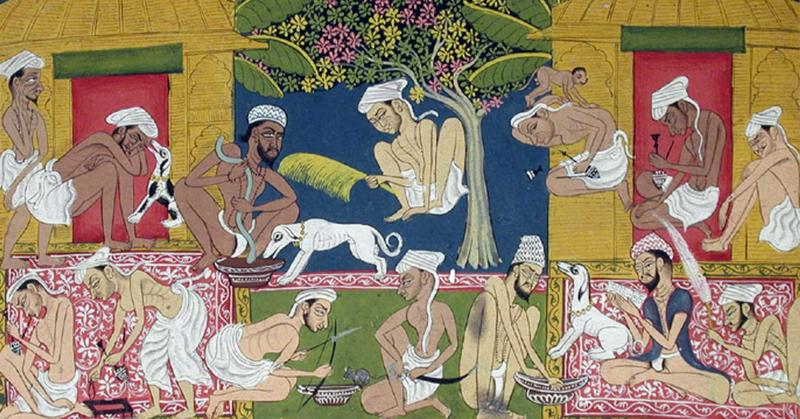Indian People Brought Marijuana to Jamaica And Named It Ganja
By | April 19, 2021

"Where does marijuana come from?" sounds like the kind of question one would only ask under the influence of its subject, but do you know the answer? Didn't think so. The name, of course, originates from Mexican Spanish, but the plant is thought to have come from Central Asia before it went on a magical mystery tour to your local dispensary.
Where Does Marijuana Come From?
It's believed that travelers migrating from or through Central Asia brought cannabis along with them on their travels through the Himalayas and into India between 2000 and 1000 B.C.E. Referred to as ganja, which is believed to come from the Old Persian or Old Iranian term for "treasure," it didn't take long for marijuana to become an important part of Indian culture. Between the third and eighth centuries, it was used to treat phlegm, catarrh, and diarrhea, and it was even incorporated into a popular myth about the goddess Shiva, who was believed to have "brought the plant down from Mount Mandara," where the first cannabis plant was said to sprout from a drop of sacred nectar that fell from the sky. During the festivals of Shivrati and Kumbha Mela, marijuana was burned as an offering to Shiva and smoked to facilitate a dialog with beings on another plane of existence. It's unclear if it worked.

Bringing Ganja To Jamaica
In the 1830s, after the United Kingdom had colonized India, Irish physician William Brooke O'Shaughnessy visited the Southeast Asian country to treat a cholera outbreak and learned about the Indian people's medicinal use of ganja. Amazed by its ability to ease pain and increase appetite, O'Shaughnessy brought the plant back to England in 1841, and for the next 39 years, English medical professionals sang the praises of "Indian hemp." For a brief period, farmers in India were not only allowed but encouraged to include marijuana in their annual crop production cycle, and selling vast quantities of the plant to England, modern-day Pakistan, and Trinidad became big business.
The United Kingdom's colonial portfolio at the time also included Jamaica, whose people revolted against the use of slave labor in 1838, leading the empire to import workers from East India. They brought cannabis seeds with them, and once they shared the resulting crops with the locals, it became an important part of the island's culture as well. The Rastafarian religion that sprouted alongside the introduction of marijuana in 20th-century Jamaica was actually not dissimilar from India's worship of Shiva.

Harshing Their Vibes
Unfortunately, the English love affair with marijuana was short lived. Many Indian cannabis farmers didn't appreciate the U.K. skimming off the top of their business, so an underground network of smugglers popped up to move the product in and out of the country, and combined with the general prudishness of Victorian England, the U.K. had all the ammunition it needed to criminalize marijuana in the 1870s. They claimed cannabis use caused "lunacy" and threw people in asylums for it, so celebrations of Shiva got very quiet indeed.
Similarly, the Jamaican government did their best to outlaw cannabis use on the island with the Ganja Law of 1913, but though they tried to ply workers with rum instead, it was much less effective. By the early 20th century, Rastafarian culture was firmly established in Jamaica, ironically ushered in by the very people who still seek to squash it.

